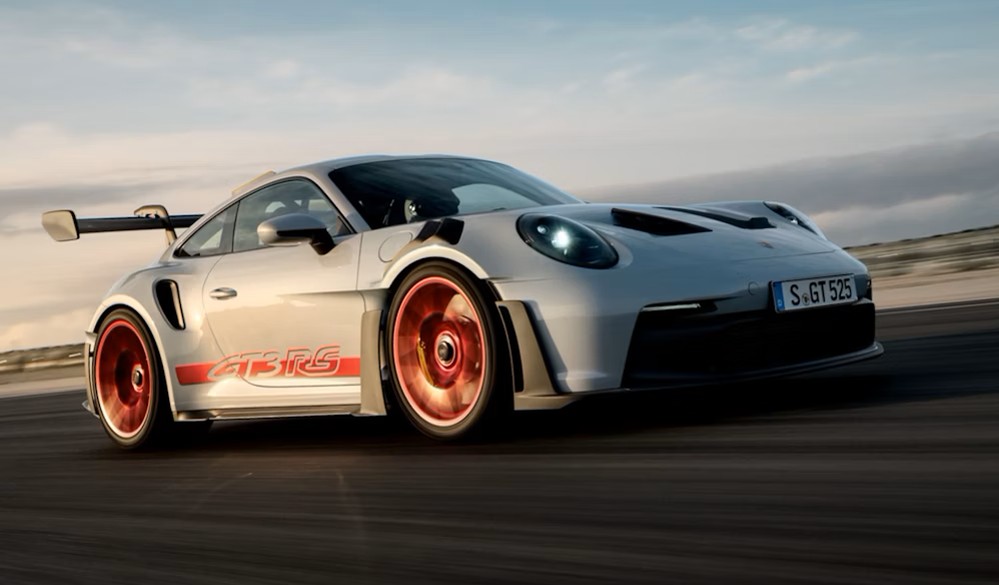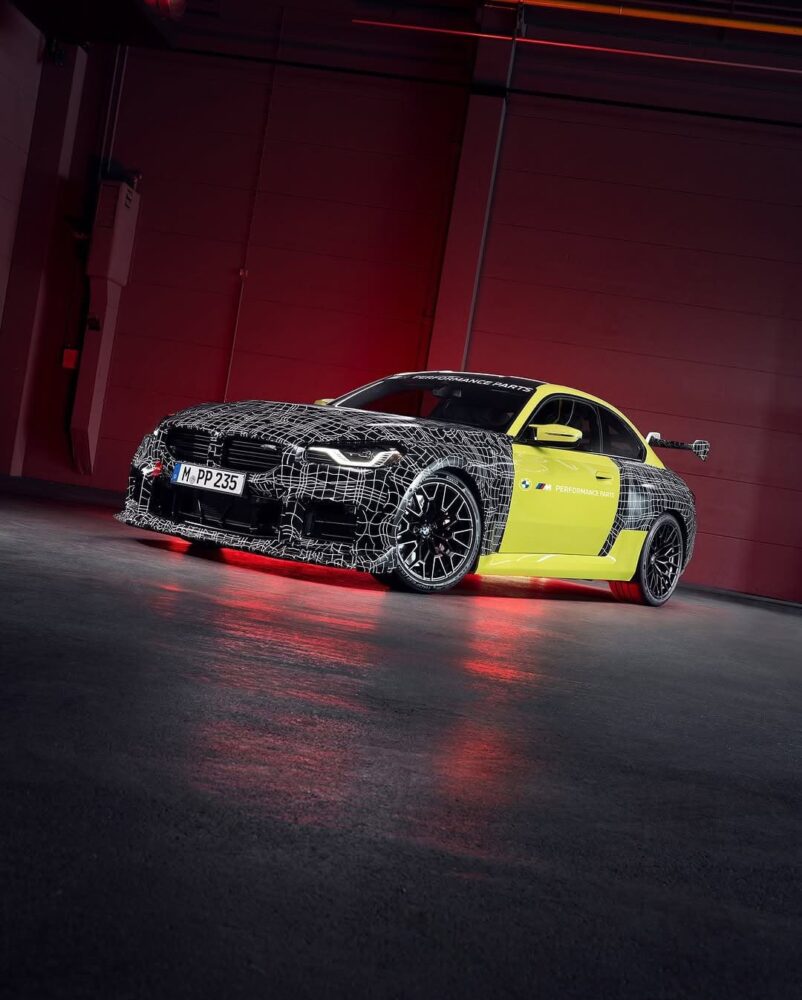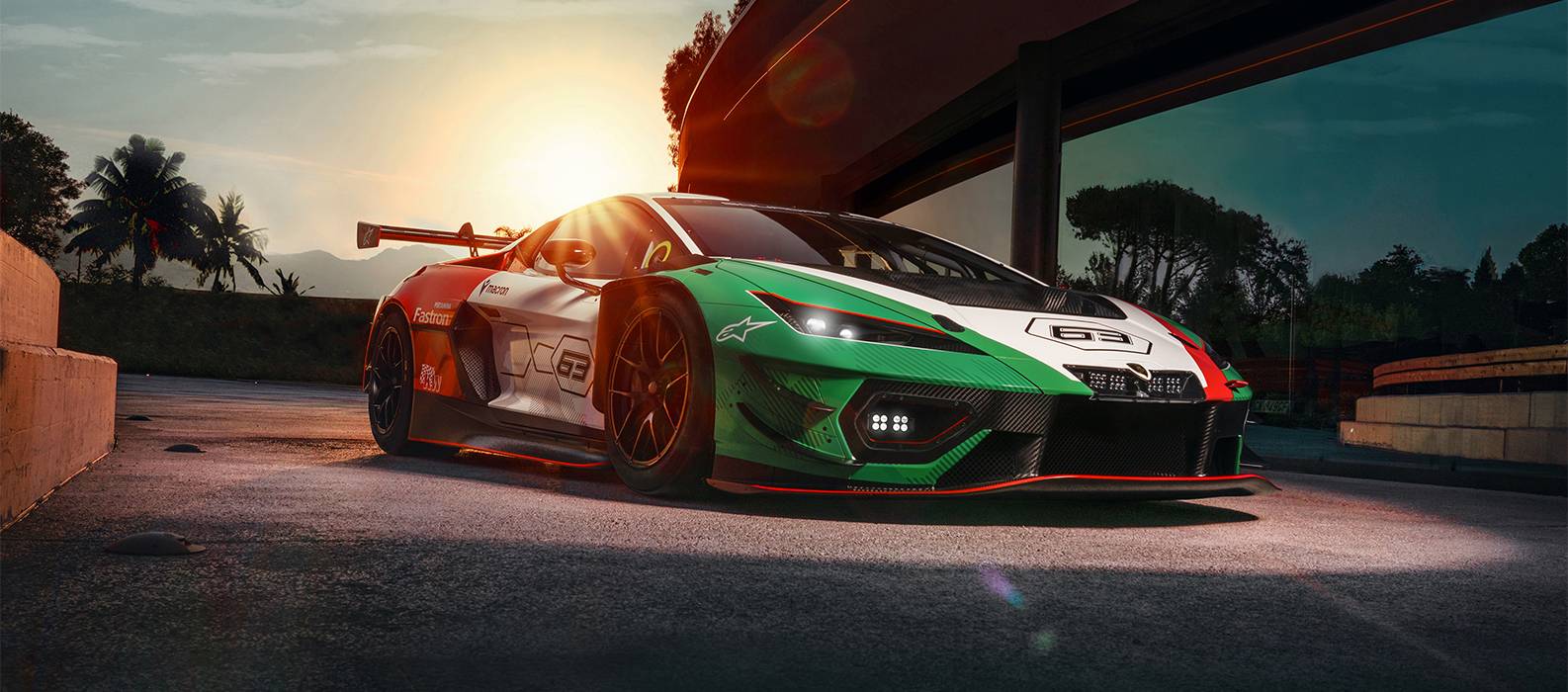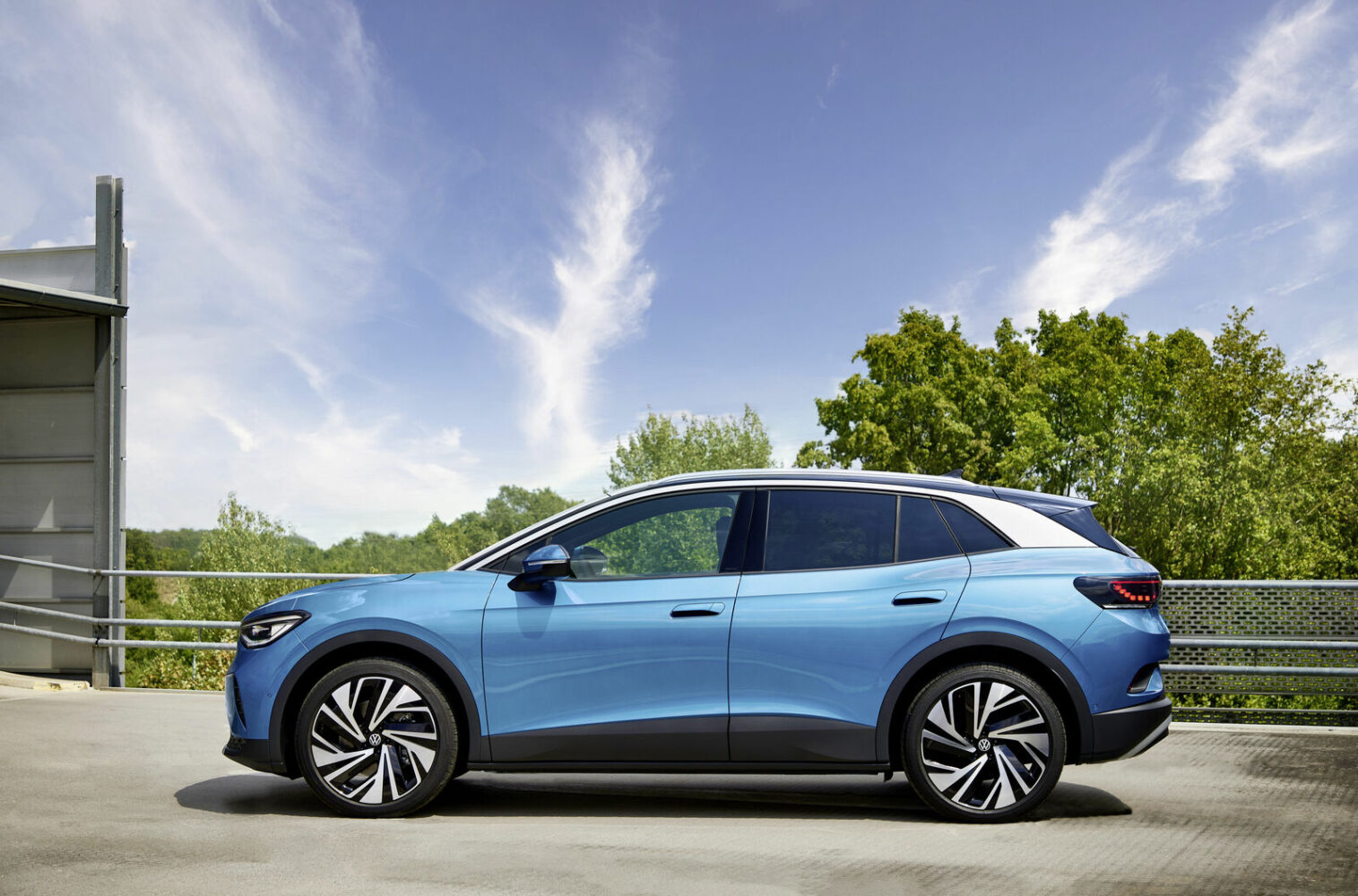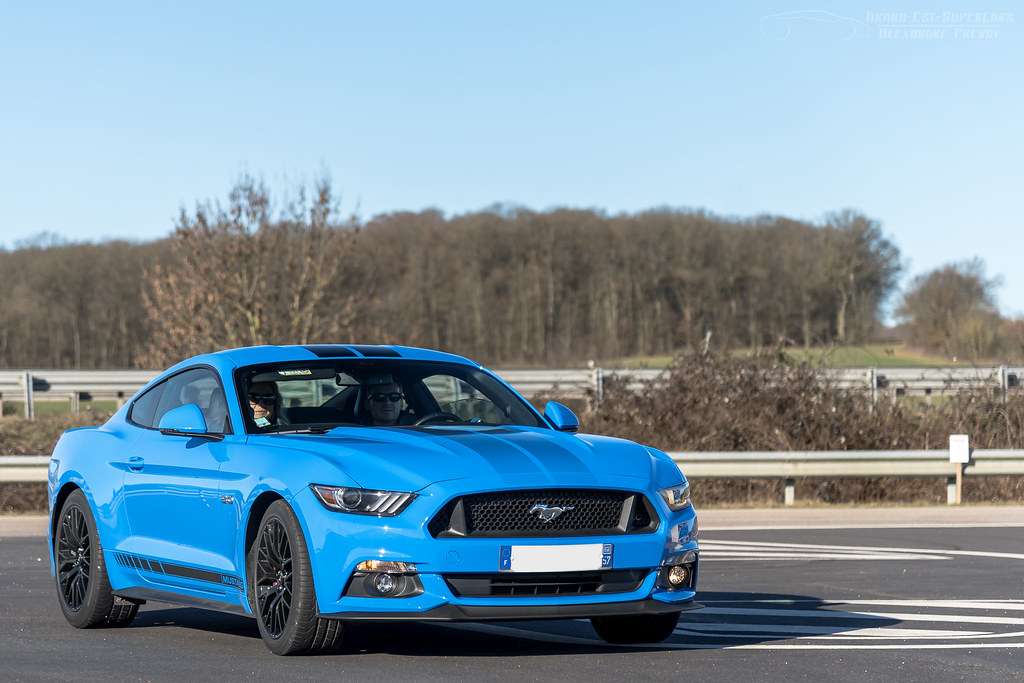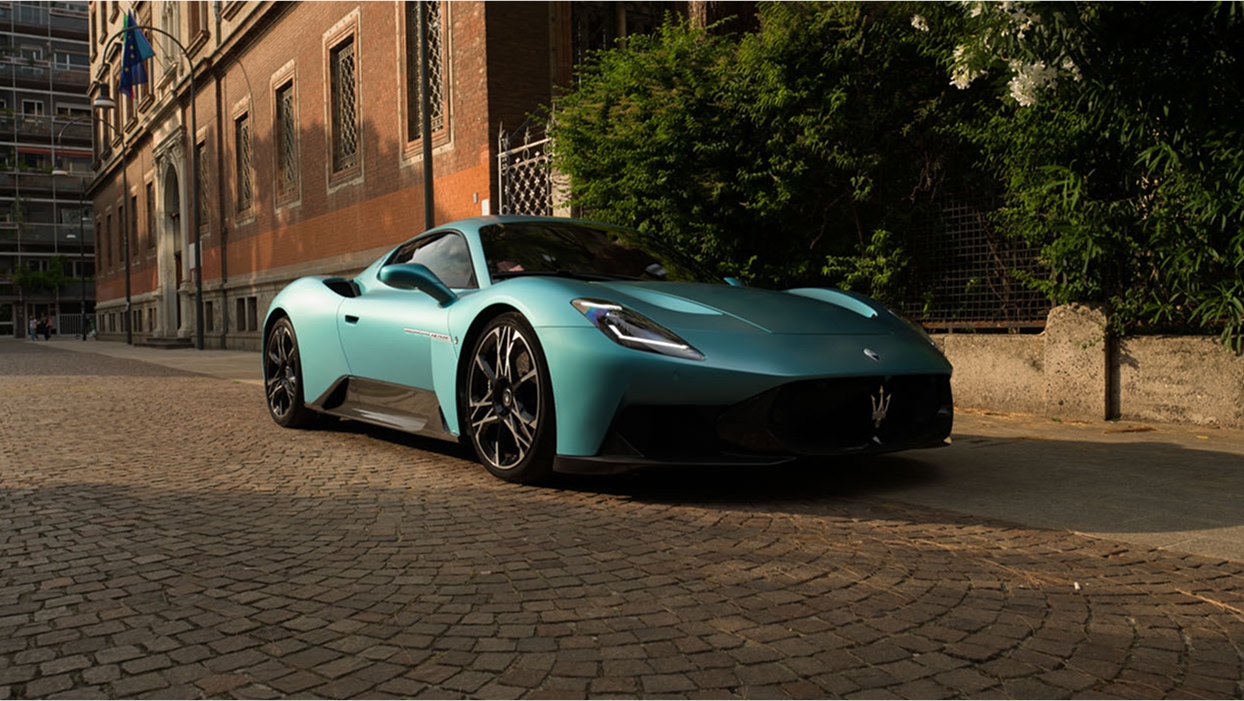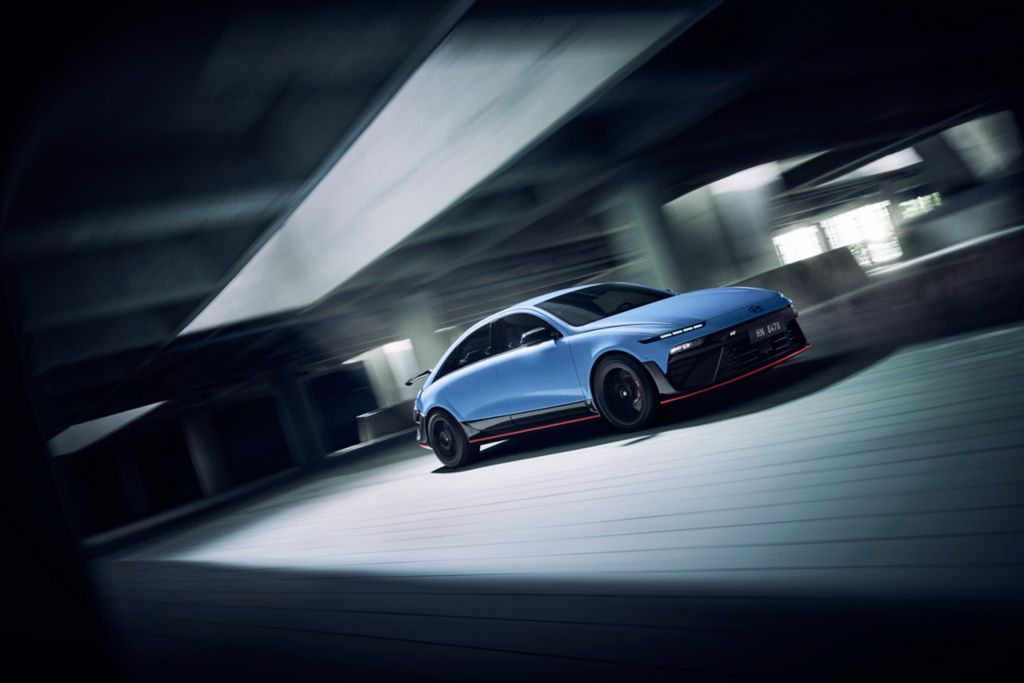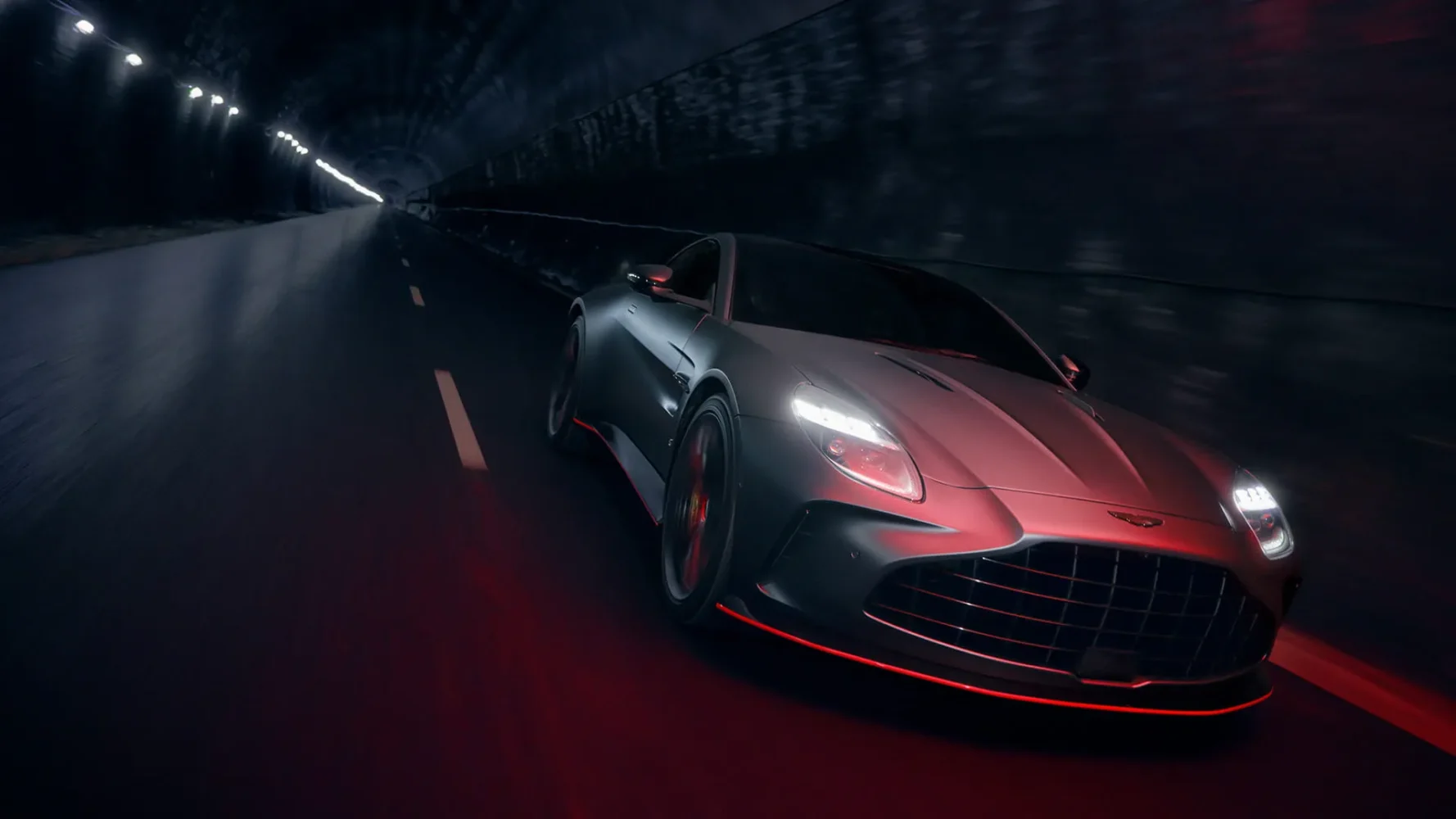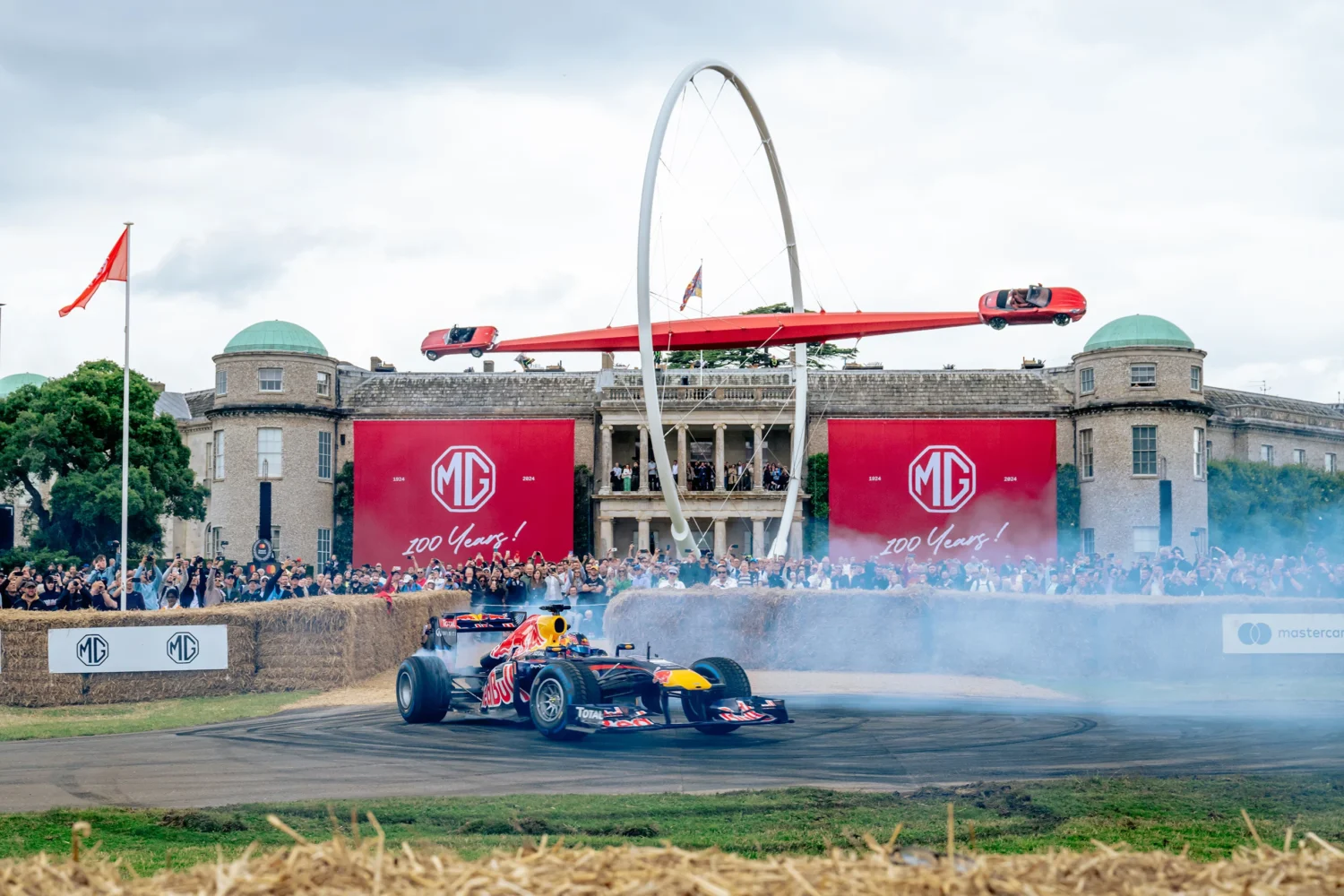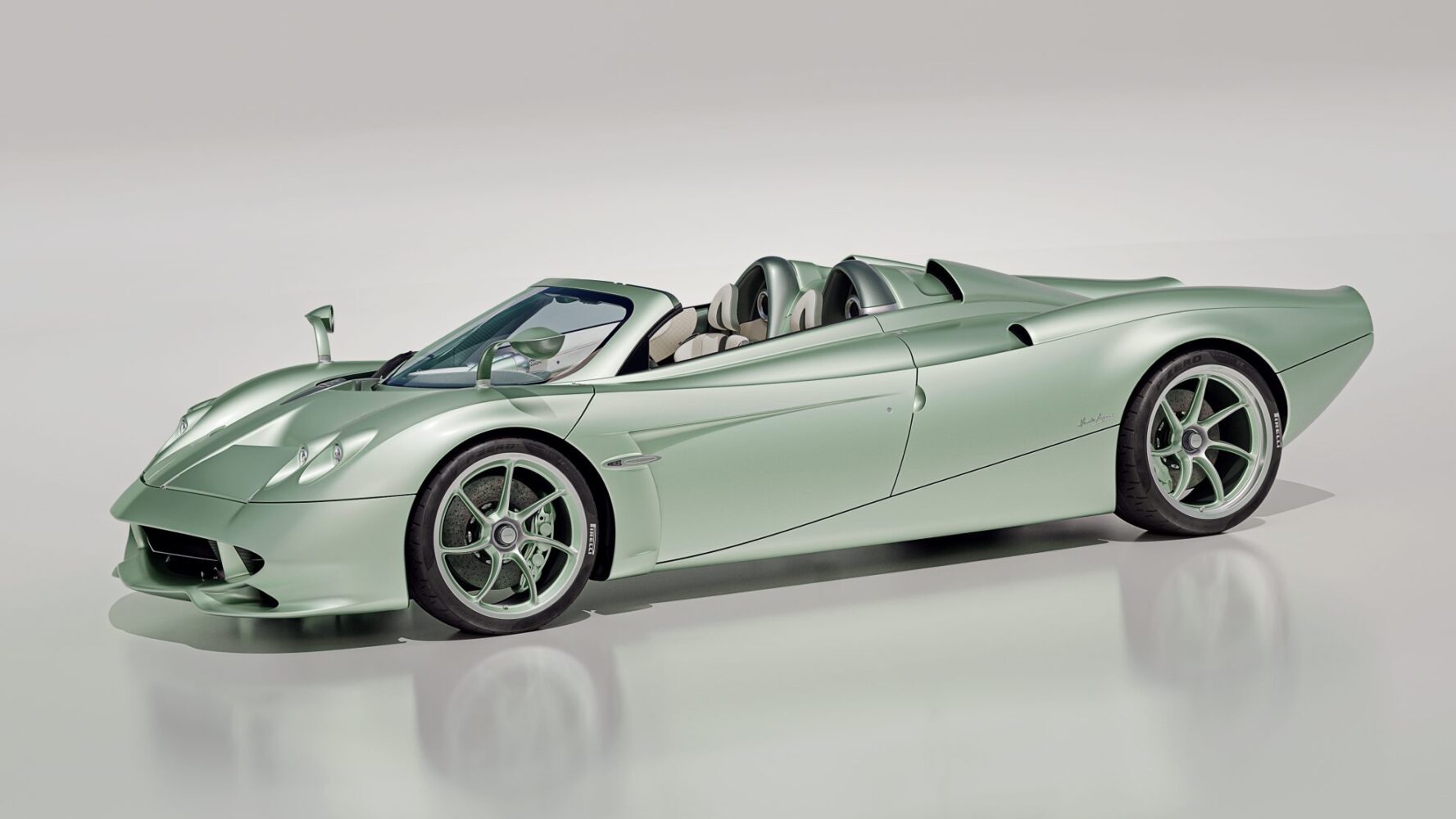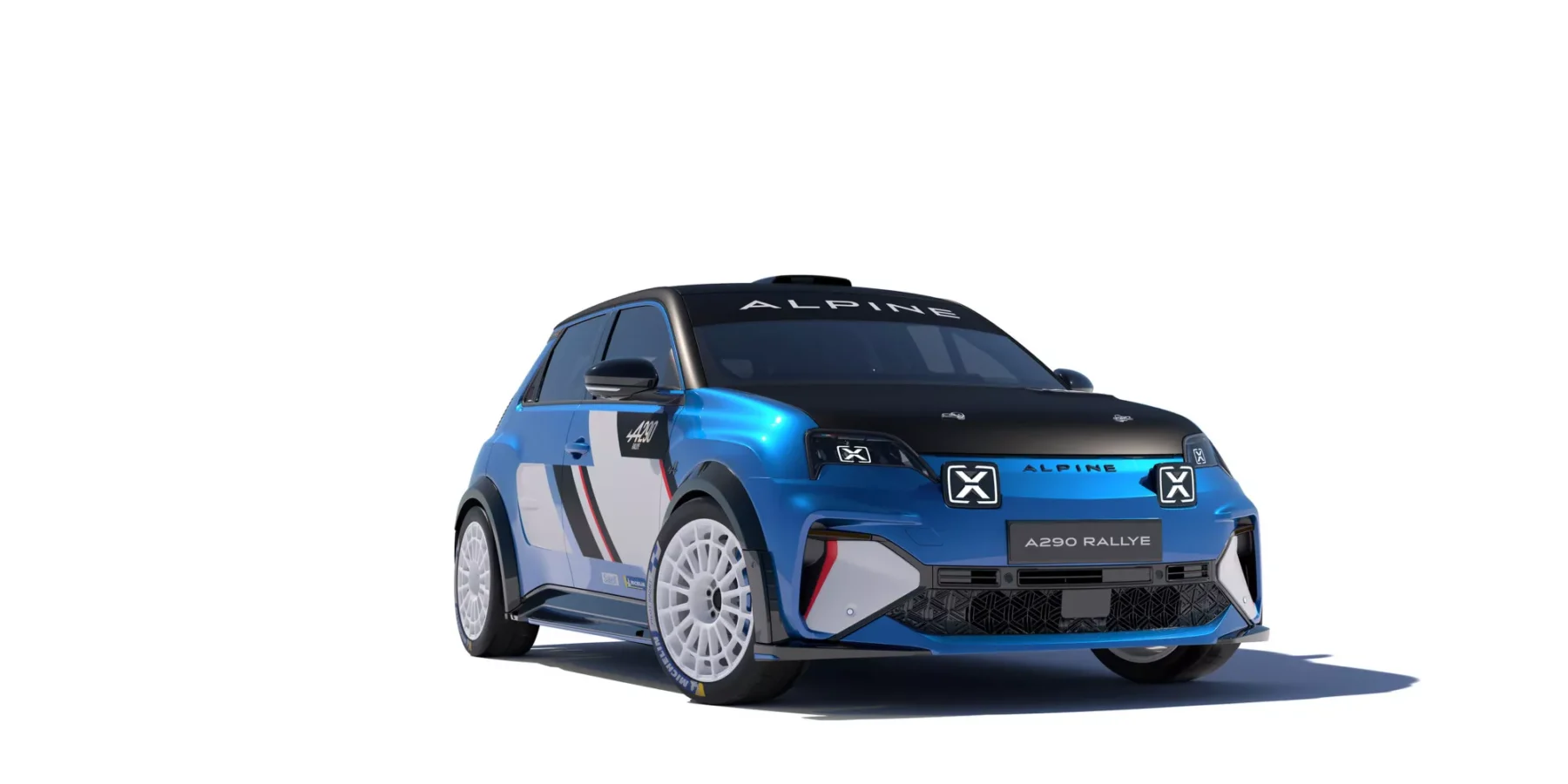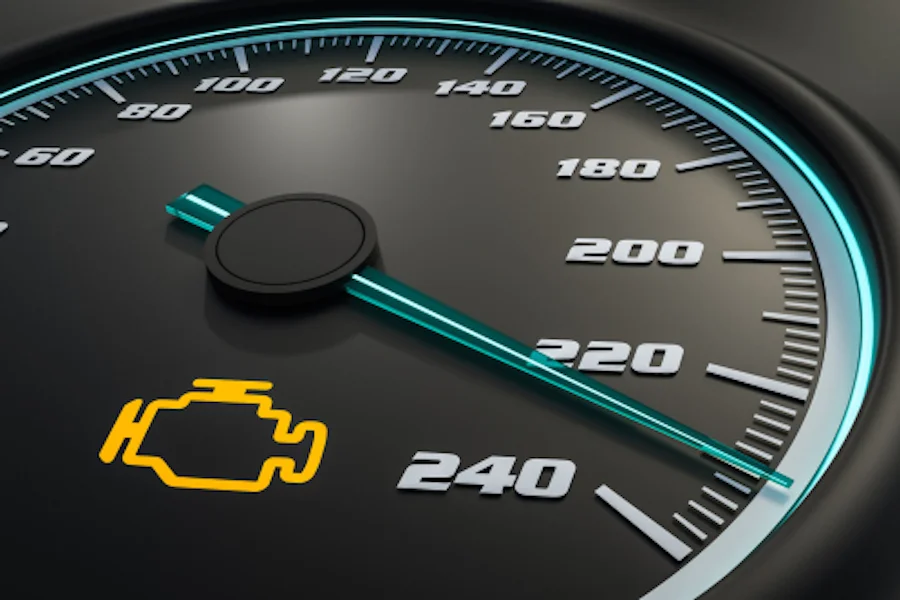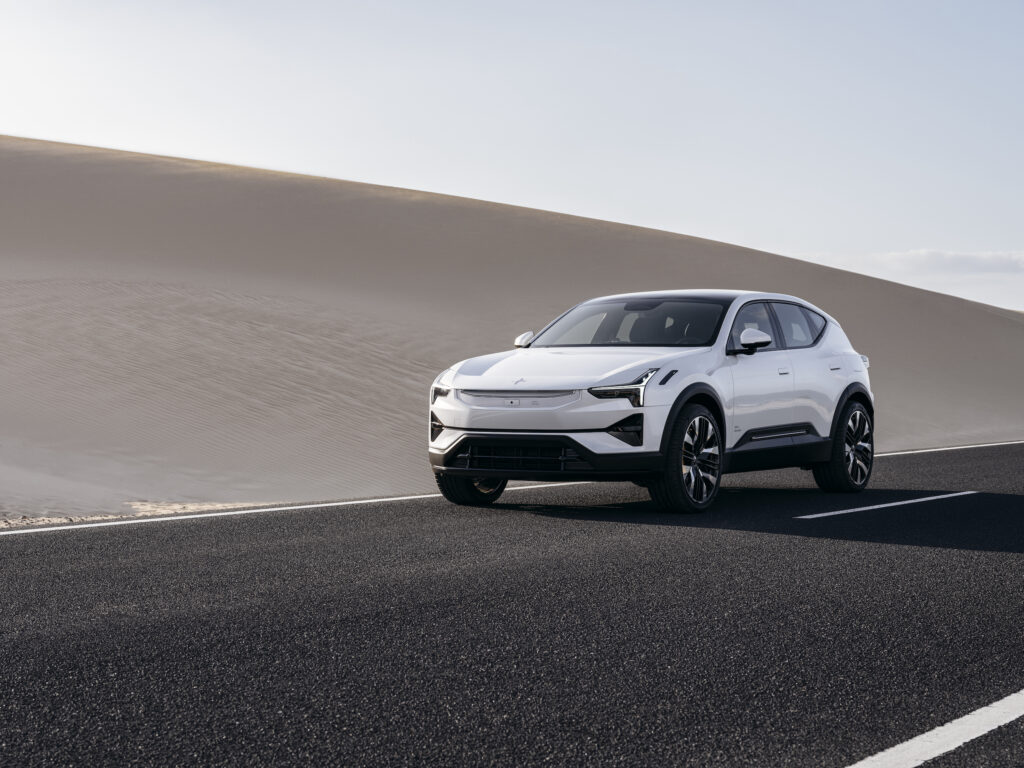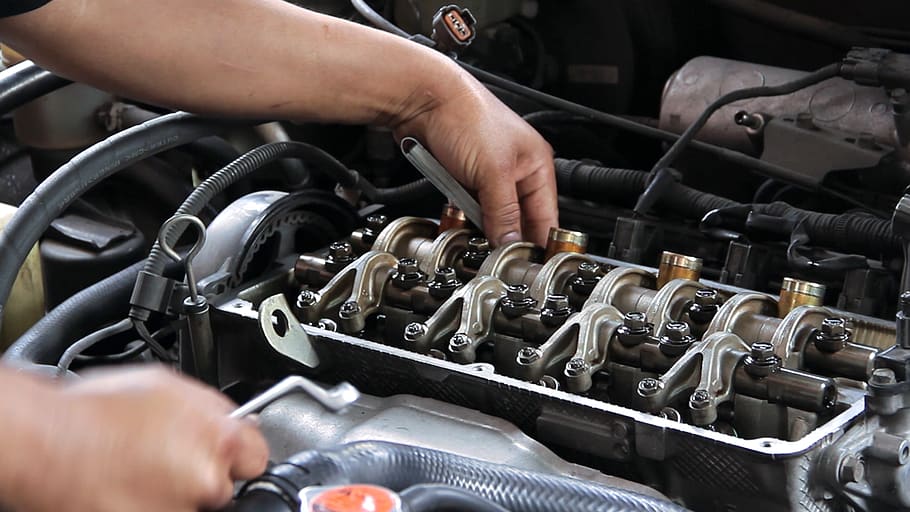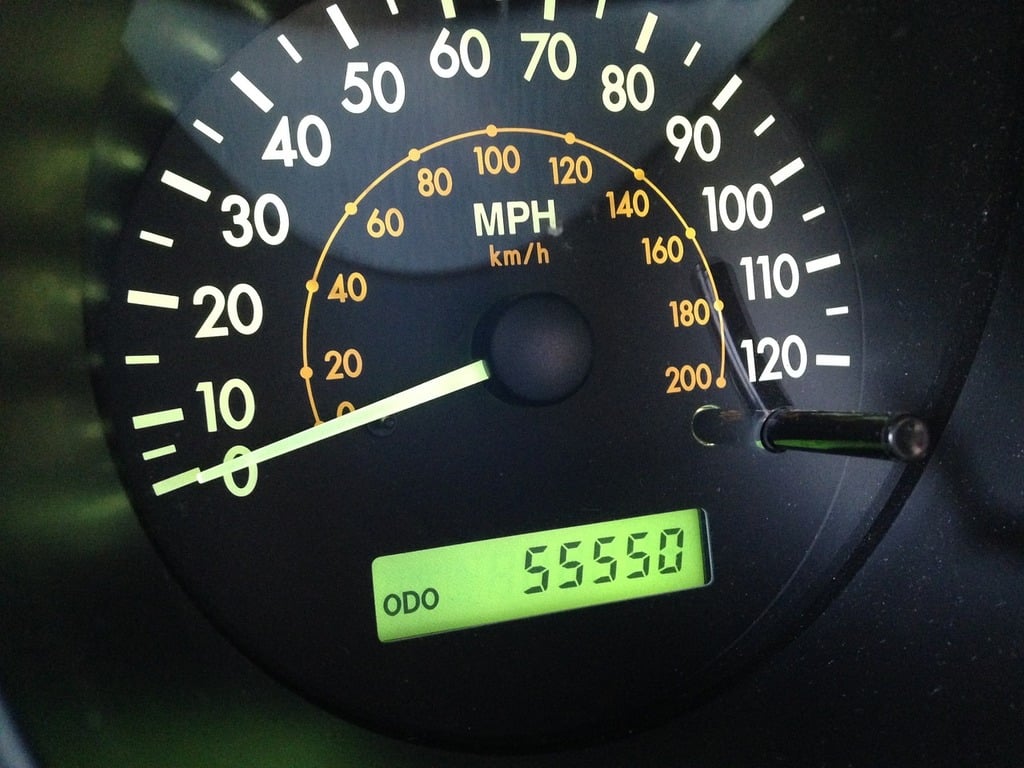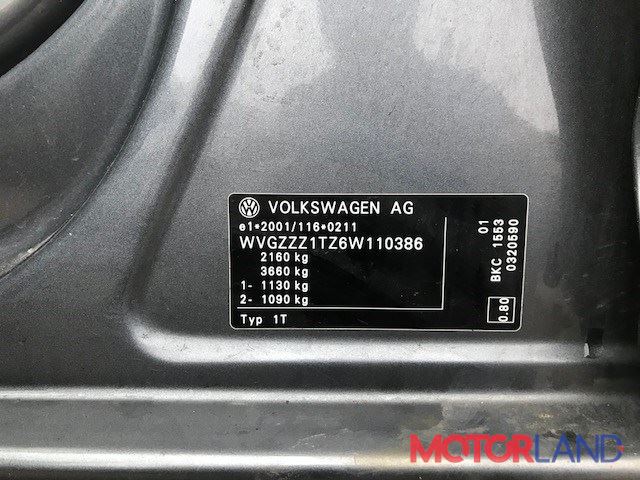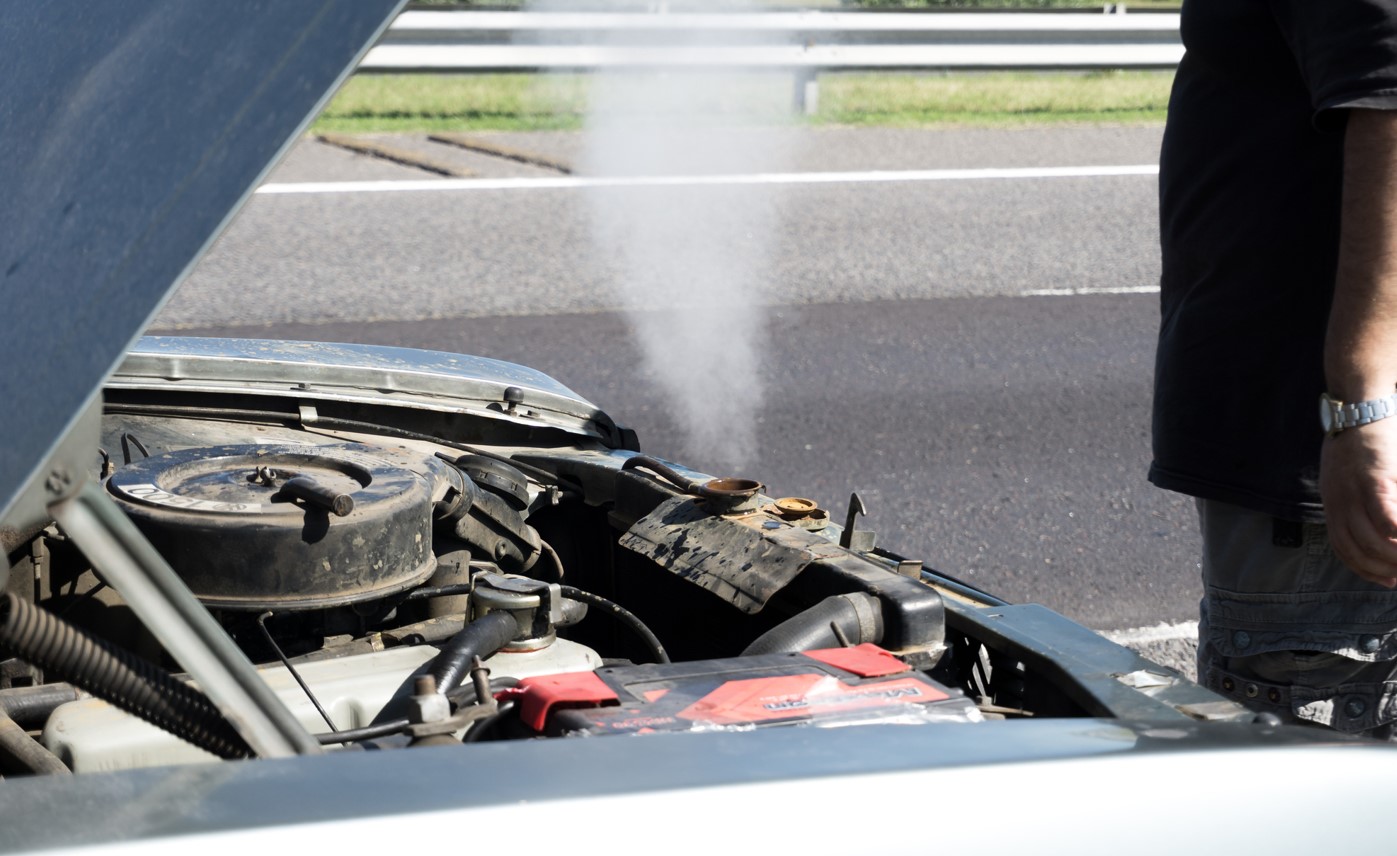Porsche’s 911 GT3 RS is evolving again. The track weapon’s 992.2 update has been caught testing at the Nürburgring, wearing minimal camouflage and maximum wing.
The Green Hell doesn’t lie. It’s where Porsche’s engineers separate marketing promises from mechanical truth.
The Evolution Continues
Porsche isn’t reinventing their naturally aspirated masterpiece. They’re refining it.
The updated GT3 RS maintains its motorsport DNA with the same 4.0-liter flat-six screamer. Current specs put output at 518 horsepower with a 9,000 RPM redline that sounds like mechanical salvation when you’re charging down the Döttinger Höhe straight.
Spy shots reveal Porsche’s obsession with airflow management continues unabated. The aero package appears even more aggressive, if that were possible.
No hybrid nonsense here. No turbochargers. Just pure, mechanical fury from Stuttgart’s finest atmospheric engine.
Aero Warfare
The GT3 RS remains Porsche’s rolling aerodynamics laboratory. The test mule shows:
- Revised front bumper intakes for improved cooling and downforce
- Refined rear wing elements that could generate even more than the current car’s 860 pounds of downforce
- Tweaked diffuser geometry for better air extraction
The current GT3 RS already generates twice the downforce of its predecessor. Physics professors are still trying to understand how Porsche’s engineers plan to improve further without the car actually achieving ground effect.
Track Focus Intensifies
The 992.2 update isn’t about adding luxury or comfort. It’s about lap times.
Porsche’s development team isn’t wasting fuel at the Nürburgring for marketing photos. They’re hunting seconds.
The current GT3 RS hits 60 mph in 3.0 seconds and tops out at 184 mph. Those numbers are almost irrelevant to the engineers at Weissach. They care about corner exit speed, brake point stability, and mid-corner balance.
That’s why they’re at the ‘Ring again. That’s why they’ll be there tomorrow. And the day after.
The road car development cycle continues, but make no mistake – this is motorsport engineering with license plates attached.
When the production version drops, expect it to be measurably faster around any circuit than its predecessor. Not because marketing demanded it, but because Andreas Preuninger’s team wouldn’t accept anything less.


